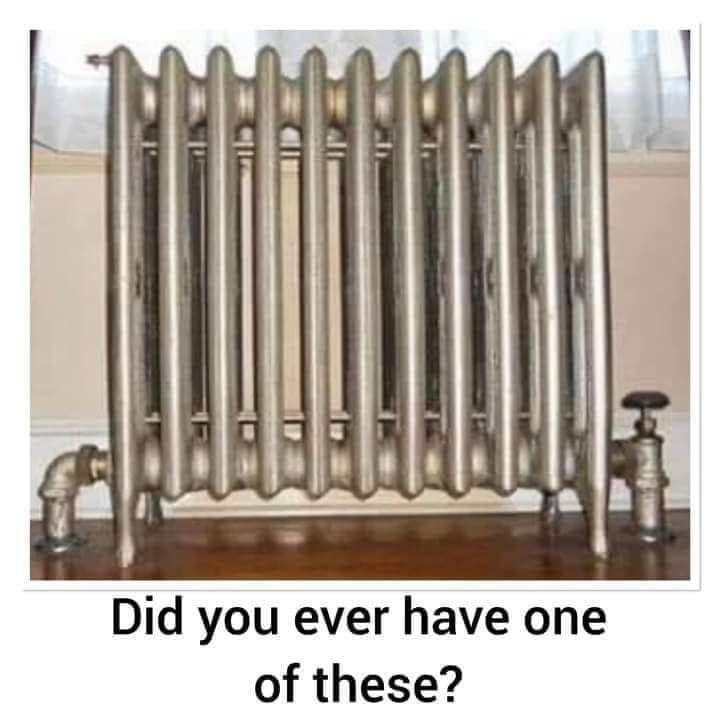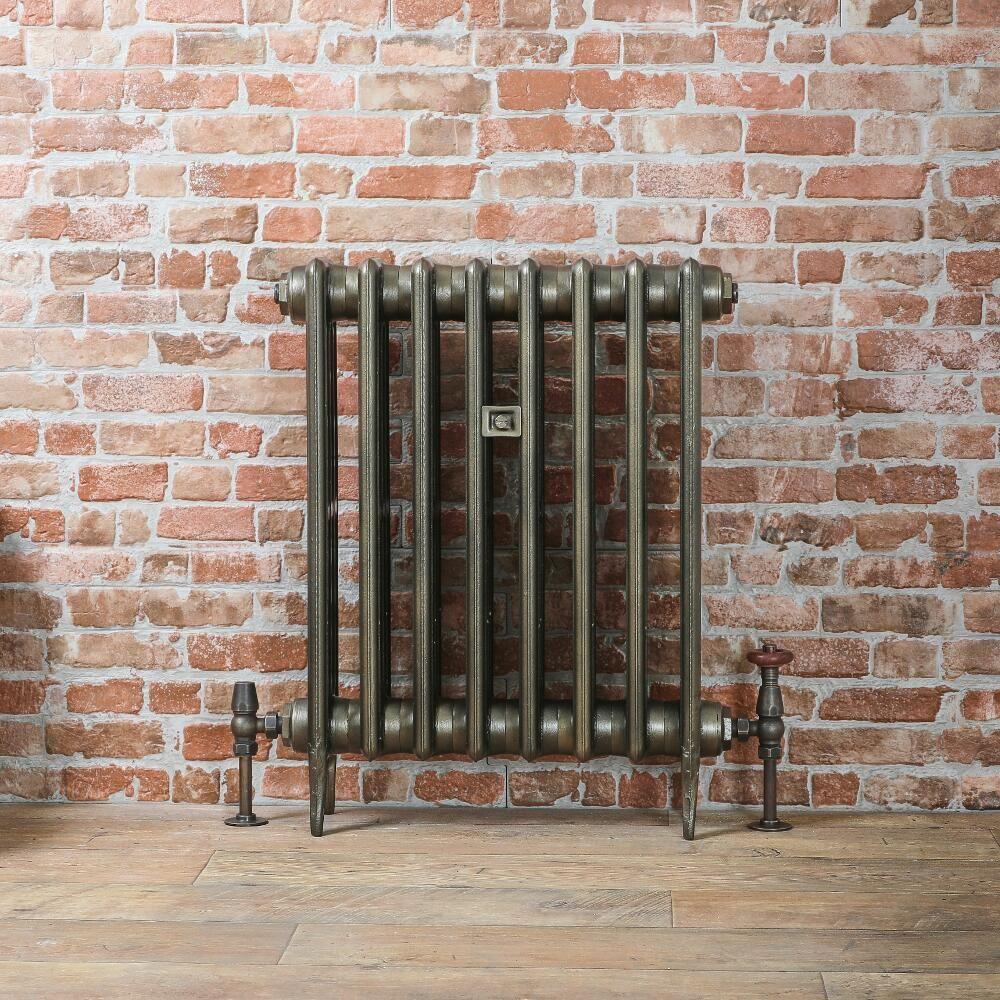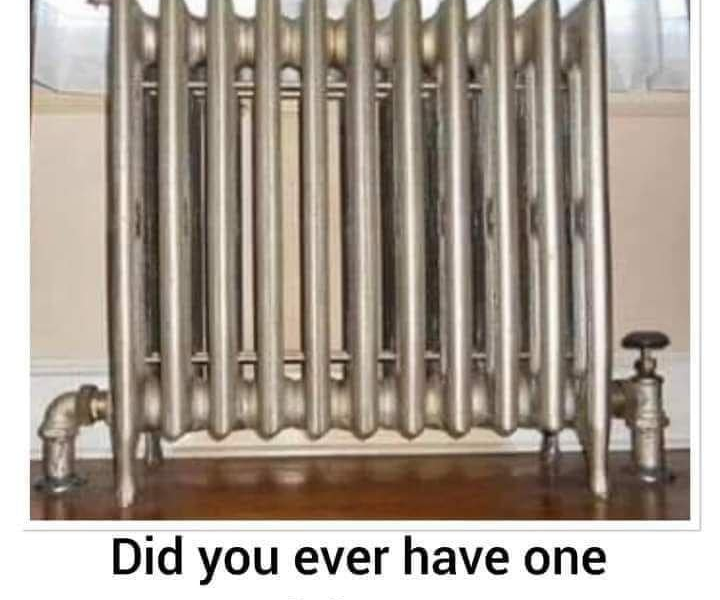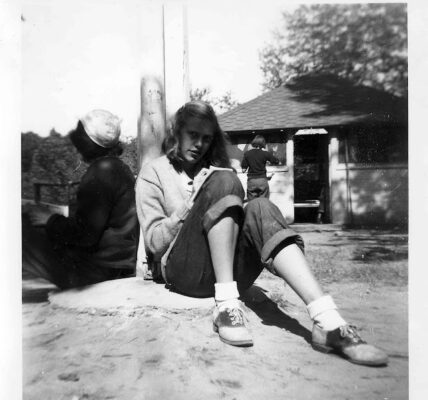Radiators are foundational elements of heating systems, providing warmth and comfort by transferring heat from one medium to another. Although radiators have been a staple since the 19th century, their design and functionality have evolved to meet modern heating needs and preferences. From traditional cast iron models to innovative underfloor heating systems, each radiator type has unique characteristics and advantages. This article explores the different types of radiators, their benefits, and how they can help you create an efficient and comfortable indoor environment.
1. What is a Radiator and How Does It Work?

A radiator is a heat exchanger that transfers thermal energy from a heating medium—often hot water, steam, or electricity—into the air, warming a room. In most systems, heat is generated by a boiler or heater and flows through pipes to the radiator. Here, the heat is released into the surrounding air through either radiation (directly emitting heat) or convection (heating the air, which then circulates through the room).
Interestingly, modern radiators rely primarily on convection rather than radiation. Many models incorporate finned designs to maximize surface area, allowing for faster and more efficient heat transfer into the air.
2. A Brief History of Radiators
Radiators date back to the early 19th century. The earliest design was patented by Denison Olmsted in 1834, though the first practical radiator was developed in 1855 by Franz San Galli, a Prussian-born Russian inventor. By the late 1800s, the American Radiator Company popularized cast iron radiators, which were both durable and cost-effective. These early models paved the way for today’s diverse radiator types, each suited for different energy sources, spaces, and heating preferences.
3. Steam Radiators: Classic Heating with Unique Challenges
Steam radiators were among the earliest radiator types used for heating buildings. Steam’s ability to travel through pipes without a pump made it ideal for tall buildings and older infrastructure. While steam radiators provide intense heat, they come with certain drawbacks:
- High Heat Loss: Steam radiators are less efficient due to the high temperatures, leading to significant heat loss.
- Steam Hammering: Condensed water can collect in pipes, causing a loud “steam hammer” noise when steam forces it through. This often occurs due to poor drainage or misaligned pipes.
Though steam radiators are less common in modern homes due to their noise and inefficiency, they remain a valuable heating solution for older buildings, particularly in urban areas.
4. Hot Water Radiators: Quiet and Efficient Heating
Hot water radiators have become more popular in modern homes due to their quiet operation and energy efficiency. These radiators consist of a sealed metal container filled with hot water circulated from a boiler. As the water cools, it returns to the boiler for reheating. Advantages of hot water radiators include:
- Quiet Operation: Unlike steam radiators, hot water models don’t produce hammering noises, making them ideal for residential spaces.
- Consistent Heat: Lower operating temperatures provide gentle, even warmth, creating a consistently comfortable environment.
Hot water radiators are perfect for homes needing reliable and quiet heating, with many designs now incorporating sleek aesthetics that blend seamlessly into modern interiors.
5. Electric Radiators: Convenient and Flexible Heating

Electric radiators are powered by electricity, generating heat directly at the radiator. Often filled with a fluid such as oil, they distribute heat evenly through convection. Benefits of electric radiators include:
- Portability: Many electric radiators are portable, allowing easy relocation from room to room.
- Independent Control: Each radiator can be turned on or off individually, making it energy-efficient for spaces that don’t need constant heating.
- Dual Power Option: Some electric radiators, like heated towel rails, can operate on either electric power or the central heating system, providing flexibility.
Electric radiators are ideal for spaces that don’t require regular heating, such as guest rooms or bathrooms. However, they can be more costly to run long-term due to electricity costs.
6. Types of Radiators by Design
Radiators come in various materials and shapes, each offering distinct advantages. Here’s a look at some popular designs:
- Cast Iron Radiators: Known for their durability and high thermal mass, cast iron radiators retain heat for extended periods. Ideal for rooms needing steady warmth, they are often used in vintage or traditional settings.
- Hot-Water Baseboard Radiators: Also known as “fin-tube radiators,” these are long, low-profile units that distribute heat through convection. They pull in cool air from the bottom, heat it, and release it from the top. However, baseboard radiators need to remain unobstructed to function effectively.
- Panel Radiators: Made of flat or corrugated steel, panel radiators are sleek, modern options often wall-mounted. They are efficient for hot water systems and are perfect for rooms with limited floor space.
- Aluminum Radiators: Lightweight and responsive to temperature changes, aluminum radiators have excellent thermal conductivity, heating up and cooling down quickly, making them energy-efficient.
7. Advanced Radiator Types for Modern Homes

Today’s homes can benefit from advanced radiator designs that maximize comfort and efficiency:
- Fan-Assisted Radiators: These radiators contain a small fan that blows air over the heat exchanger, evenly distributing warmth throughout the room. While they require electricity, fan-assisted radiators provide rapid heating and are excellent for large spaces.
- Underfloor Heating Systems: Known as “radiant heat,” underfloor systems distribute heat evenly across the floor, especially effective when paired with conductive materials like tile. Although they’re more expensive to install, underfloor systems offer unmatched comfort and efficiency.
- Skirting-Board Heating: This design integrates radiators within skirting boards, providing a low-profile heating solution. Skirting-board heaters are great for compact rooms where wall or floor space is limited.
8. How Radiators Affect Indoor Climate
Radiators do more than provide warmth—they also impact indoor humidity levels. Radiant heating, especially with traditional radiators, can reduce indoor humidity, sometimes leading to dry skin, discomfort, and even wood shrinkage in furniture or flooring. Using a humidifier alongside your radiator can help maintain balanced humidity, improving both comfort and air quality.
Conclusion: Selecting the Right Radiator for Your Home
Radiators are essential for any heating system, adding both warmth and style to a home’s interior. From classic cast iron models to innovative underfloor heating, each radiator type has unique features suited to different spaces and heating needs. When choosing the right radiator, consider factors like room size, energy efficiency, and the overall aesthetic you want to achieve. Proper maintenance, including regular cleaning and inspection, also ensures that your radiators work effectively for years.
Whether you’re renovating an old house or outfitting a new home, understanding the range of radiator options available will help you make the best decision for your space. With the right choice, radiators can enhance both the comfort and efficiency of your home, providing a warm, cozy environment no matter the season.



